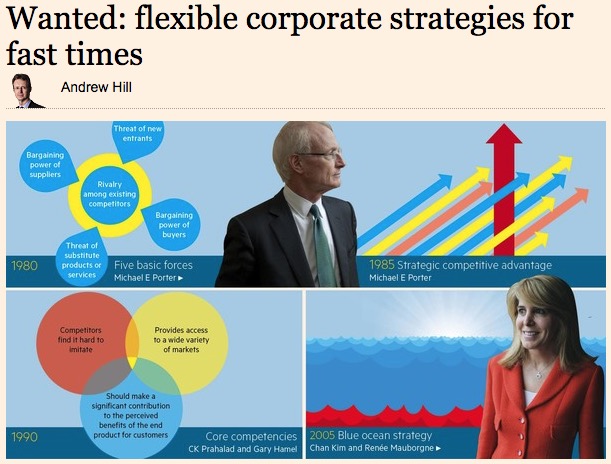 Writing in the Financial Times this week, Andrew Hill says that “People often think business is about strategy but it’s actually one part strategy and nine parts execution.”
Writing in the Financial Times this week, Andrew Hill says that “People often think business is about strategy but it’s actually one part strategy and nine parts execution.”
Leaders managing in uncertain times, he says, are looking for tools and frameworks to help them plot a path.
The Escher Cycle is a book that integrates strategy and execution. It is both “A unified theory of business” and “A blueprint for winning any game your business chooses to play.”
The book starts by asking what are the fewest activities any business needs to do to be successful. It then builds step by step to identify these activities, and provide a simple focused framework describing how to carry out each one.
How well these activities are carried out in comparison with rivals is what defines business advantage.
Together, as one reviewer put it, they describe how to run a business “as a living organism.”
This, surely, is exactly what leaders seeking to plot a path through uncertainty need.